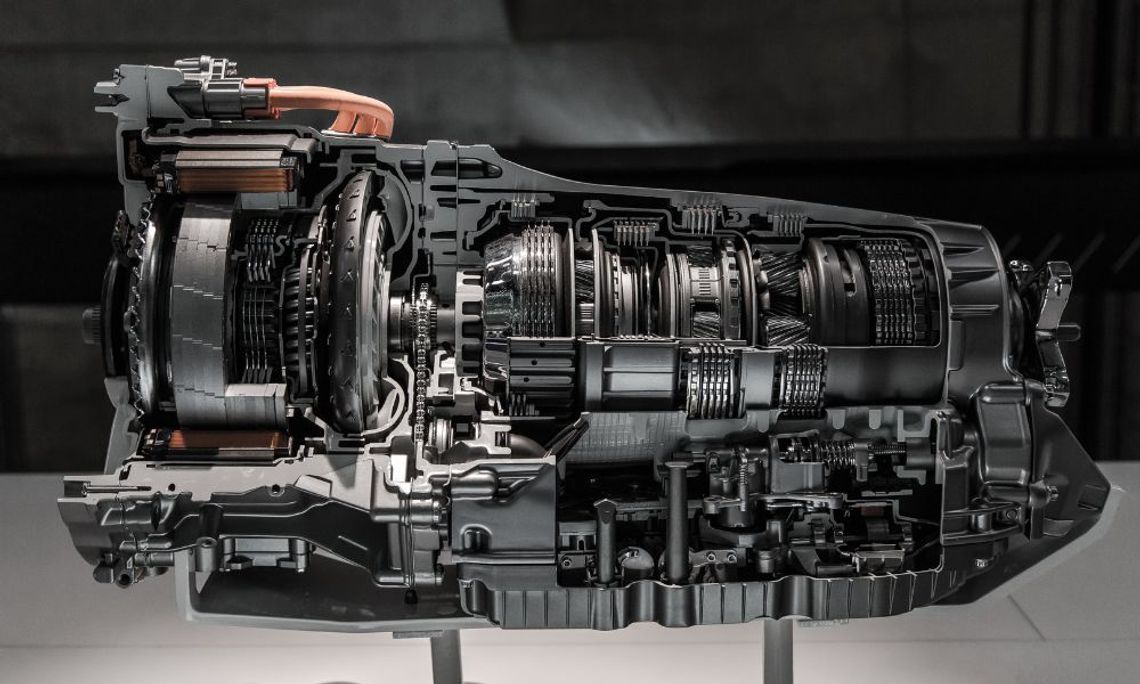Transmission systems power various mechanical networks. They transport power from one source to another through speed and torque conversion, energizing different parts of moving machines. Without transmissions, many mechanisms and engines fail to operate. Here’s some insight into how transmission systems work and their importance.
Application and Functionality
Transmission systems are all around you. Any machinery that operates on motor power uses transmission systems, including conveyor belts, construction machines, and power generators. A world without transmission systems leaves various machinery, homes, and buildings without power.
Many systems rely on transmission mechanics to supply an energy source. One of the most common uses for transmission systems is in vehicles. They dictate the speed and power of a car, truck, or bus, converting energy from the engine to the wheels.
Transmission System Components
Transmission systems include various moving parts like many other mechanical systems. They consist of multiple clutches, shafts, gears, v-belts, and pulleys. Also, each component connects to another within the system or a part outside of the system.
The clutches allow you to control and pick the speed and power you need. The gears offer different timed cycles that release specific speeds and power emissions through the shafts. And the v-belts, also known as transmission belts, come in various materials. They move the pulley systems and the gears connected to the engine and other external parts, such as the wheels of a car.
Types of Transmissions
Depending on the equipment and type of power needed, transmission systems vary per mechanism and scenario. There are two main types of transmission systems, manual and automated. People mostly refer to both when driving. As their names imply, manual and automated transmissions differ in use and control mechanics.
Manual systems rely on you to manually switch gears, releasing and closing access to different speeds and power levels. On the other hand, automated systems switch gears on their own through sensors and AI-driven software. Some transmission systems offer a hybrid mechanism, giving you manual access besides offering automatic settings.
Transmission systems work by converting and transporting energy from one mechanical component to another. They help you control the amount of power and speed of energy passing through your machinery. Because many daily machines rely on a transmission system to operate, without them, they can fail. A wide range of daily-use items and processes rely on a functioning power transmission system, making it important to society.


Comment
Comments